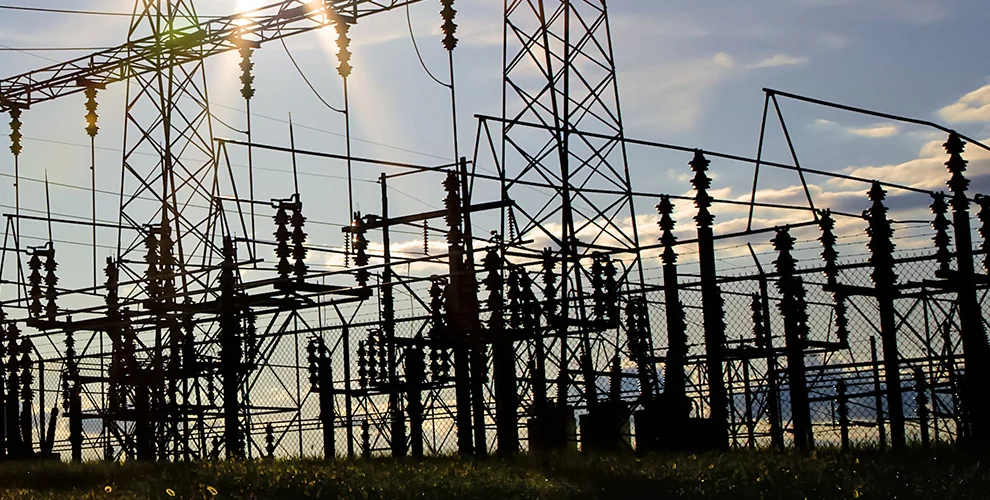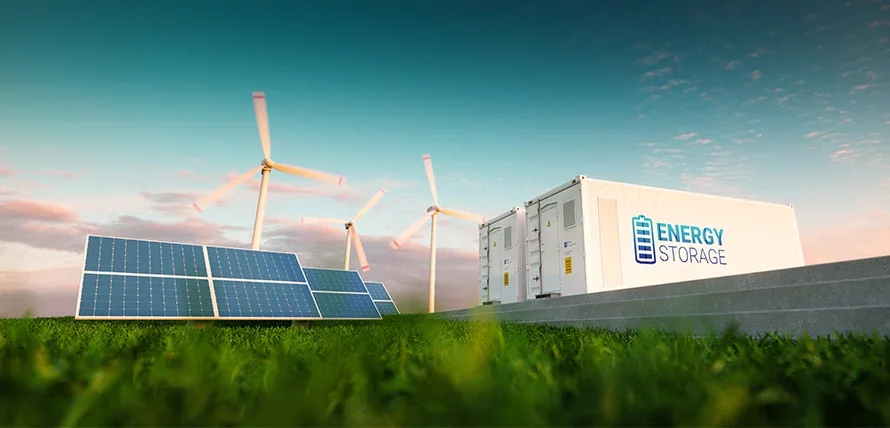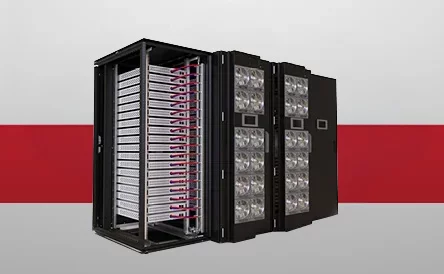Supporting Distributed Energy Applications with Energy Storage Technology
Our power grid is becoming more distributed and more renewable than ever. Energy storage is a critical technology component to reducing our dependence on fossil fuels and building a low-carbon future. Without it, the shift to renewables will be impossible. Microgrids, net zero buildings and local renewable energy resources are all enabled by energy storage.
Battery energy storage systems (BESSs) improve grid resiliency. Every year more systems, including vehicles and data centers, increasingly rely heavily on electricity. This increased demand for power places strain on grid infrastructure. In addition to modernizing the electrical grid—an important project that is well underway—building more energy storage can help take pressure off the grid for grid operators. Residential homes or small communities can also improve energy independence by connecting BESSs to distributed energy resources (DERs) like rooftop solar and reduce energy costs by using stored power during times when grid power is particularly expensive.
DERs are electricity generation systems that include several small-scale devices located closer to the demand, as opposed to a centralized power plant and distribution network. A DER is also referred to as a distributed energy grid. DERs play an increasingly significant role in the transition toward cleaner energy systems as businesses and individual consumers add energy generation capabilities to their homes and businesses.
DERs are Made Possible by Energy Storage
There are fundamental differences between traditional fossil fuel energy and the renewable energy used in DERs. Wind and solar energy rely on the wind blowing and the sun shining, whereas centralized non-renewable resources like coal can be burned whenever power is needed.
Energy storage is critical in distributed energy systems to decouple the time of energy production from the time of power use. Using energy storage, consumers deploying DER systems like rooftop solar can, for example, generate power when it’s sunny, and deploy that power later during the peak of energy demand in the evening. Consequently, energy storage systems play a pivotal role in advancing clean energy objectives by enhancing the efficient utilization of renewable resources and simultaneously enhancing grid reliability and stability of pricing.
In addition to applications along the grid, energy storage is also used in commercial and industrial applications to enhance reliability of energy availability, and reduce costs by using stored power during times when grid power is particularly expensive. Residential homes or small communities can also use energy storage to achieve better energy independence and environmental sustainability by connecting energy storage systems to DERs like rooftop solar.
Important Considerations for Implementing Energy Storage
The International Renewable Energy Agency estimates that 90% of the world’s electricity may come from renewables by 2050. This necessitates a massive increase in renewable power generation. However, there are a few key considerations to keep in mind when implementing energy storage:
Footprint Reduction: Given the limited physical space available in various applications like grid installations, electric vehicle (EV) charging stations, and commercial and residential buildings, reducing the footprint of energy storage systems is crucial. This involves optimizing technology and design to maximize the storage capacity within a smaller physical footprint.
Infrastructure Support: Energy storage installations require appropriate infrastructure support to accommodate the batteries and associated components. This includes considerations for cooling systems, electrical connections and structural support to enhance efficient operation and safety.
Scalability: The ability to scale energy storage systems according to demand is critical, especially in applications where growth is anticipated, such as microgrids and EV charging stations. Modular designs that allow for easy expansion or replication of storage capacity can support future needs effectively.
Regulatory Compliance: Compliance with regulatory standards and guidelines related to safety, environmental impact and grid interconnection is essential. Ensuring that energy storage installations meet all relevant regulations and standards is critical for successful implementation.
Cost-effectiveness: Assessing the overall cost-effectiveness of energy storage solutions, a user must weigh upfront costs and maintenance expenses against potential savings and/or new business opportunities from improved energy management. Implementing systems that offer a favorable return on investment over their lifecycle is key to widespread adoption.
As the world accelerates toward a future with more renewable energy, energy storage supports this transformation. By bridging the gap between intermittent generation and continuous demand, energy storage technologies empower DERs, strengthen grid resilience and enable greater energy independence. While footprint and scalability present challenges, the benefits of widespread energy storage adoption—lower costs, improved reliability and reduced carbon emissions—are evident.
nVent's energy storage solutions simplify design, procurement, manufacturing and site installation while improving TCOE. Our solutions can meet a wide range of applications and environments. Explore our energy storage solutions: Energy Storage | nVent POWER-UTILITIES





